They say that dogs are man’s best friend, and they are probably right. Therefore, when looking for a companion, we should not look at the appearance but at the emotions, which go inside. Today we want to tell you some reasons why to adopt a disabled dog. Unfortunately, they are often forgotten in kennels and shelters.
What it means to adopt a disabled dog
Every pet needs some care. Animal welfarenot only implies having a living space and food available, but should also include walks appropriate to the dog’s breed, as well as affection and play.
Adopting a disabled dog is, it must be said, a great responsibility. In addition to the same basic needs of any dog, it will have other specific needs. And also, some of them, such as the rides, will have certain particularities.
However, that said, adopting a disabled dog is a decision that, provided we have the time and financial resources, can be very rewarding. Precisely because of their limitations, this type of animal tends to be more grateful and more affectionate than those in good health.
We tend to think that animals are not intelligent, but the opposite is true. They have the capacity to perceive love and affection, and they are also aware of when they can be a burden. If you want to make a gesture of solidarity and adopt a disabled dog, here are some reasons that will help you reaffirm your decision. And if you’ve never thought about it, maybe it’s an opportunity.
Reasons to adopt a disabled dog
There are many reasons to adopt a disabled dog. Here are some of them.
They have the right to a dignified life
Nobody likes to complicate things, but it is true that among humans we have a greater tolerance. However, dogs, or animals in general, have no one to speak for them, so they tend to be the forgotten ones in society.
By adopting a disabled dog, we are giving him an opportunity he probably would not have had in his life. Many of them, if they reach the kennel, are quickly euthanized. When they reside in shelters, although they are cared for, they may not have all their needs met, as resources are scarce in these centers. Having one of these dogs at home will make both the adopter and the animal feel good.
They will love us very much
One of the reasons why we have pets is precisely this, to feel accompanied. That’s why adopting a disabled dog is a good idea. They will know everything you do for them and will give you all the love they have inside.
There are many products to help us
Nowadays, we can find in the market many products designed to improve the life of these animals. For example, harnesses have differentdesigns adapted to mobility problems, disability or paralysis. Thanks to them, walking or moving around will be much easier. It is even possible to find wheelchairs for dogs.

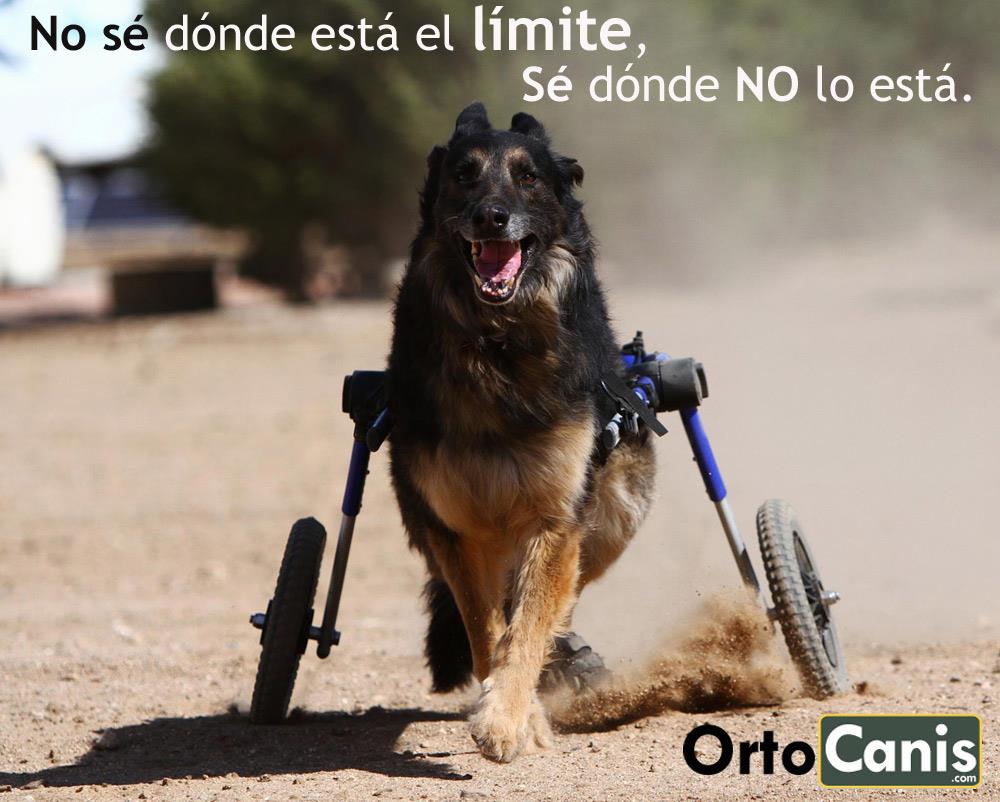
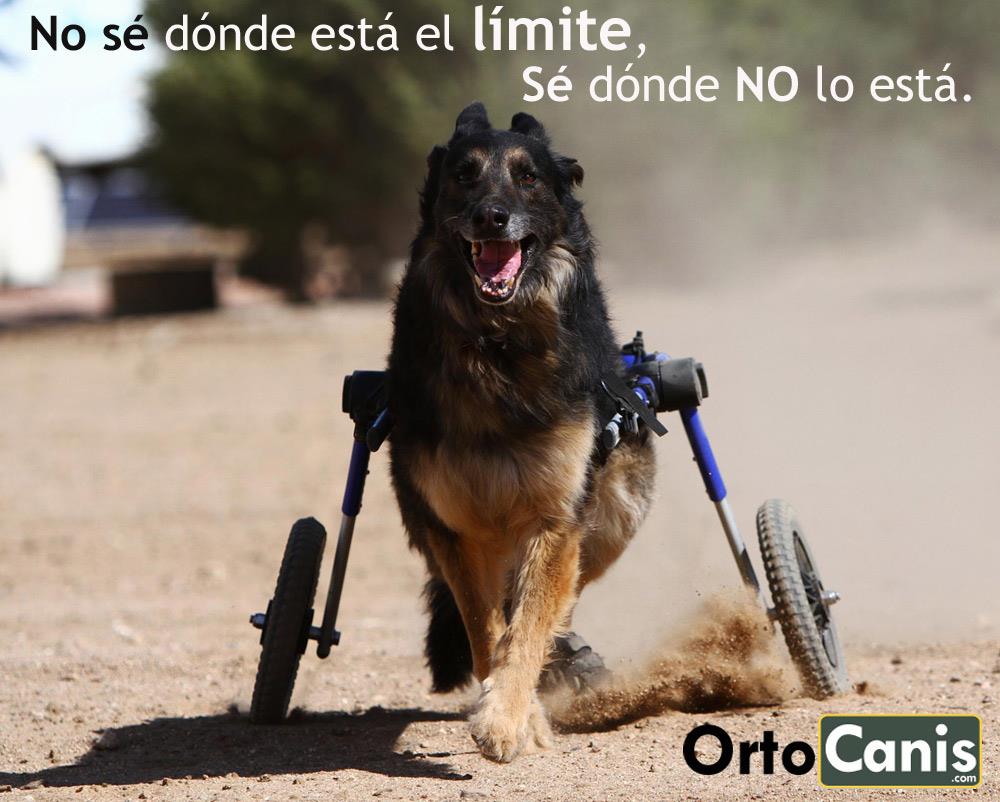
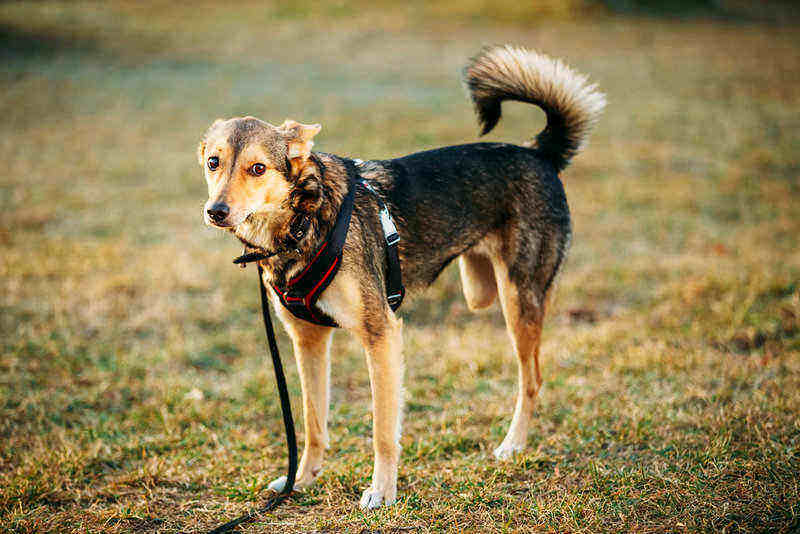
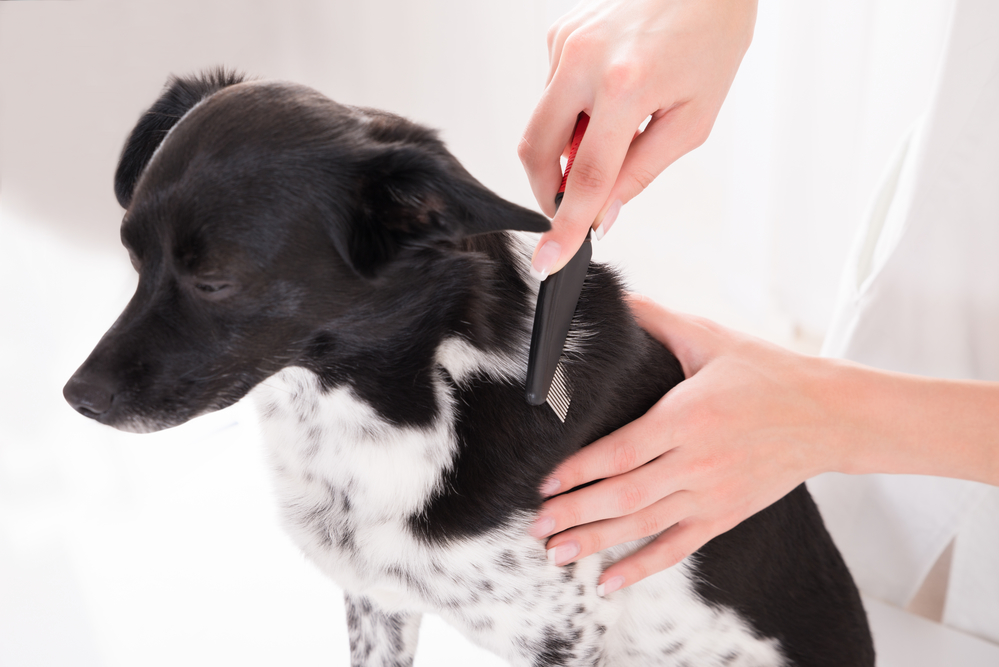
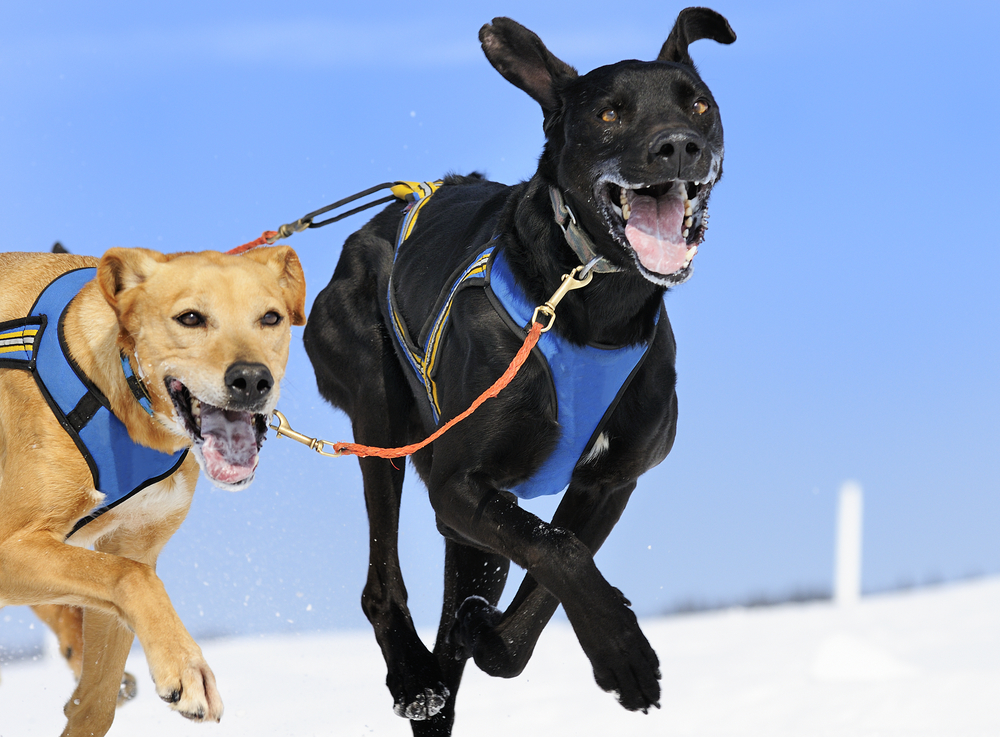
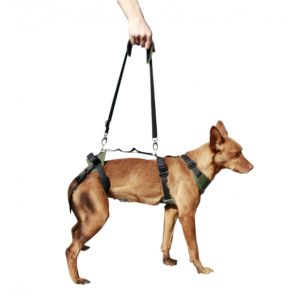
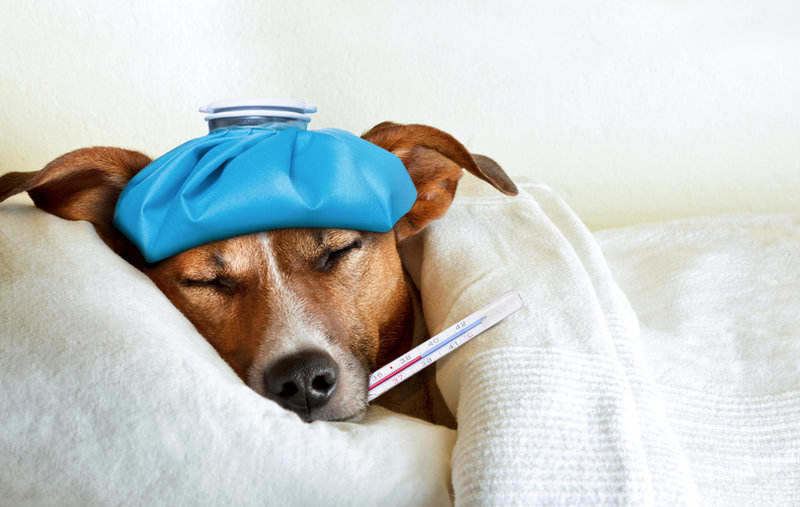
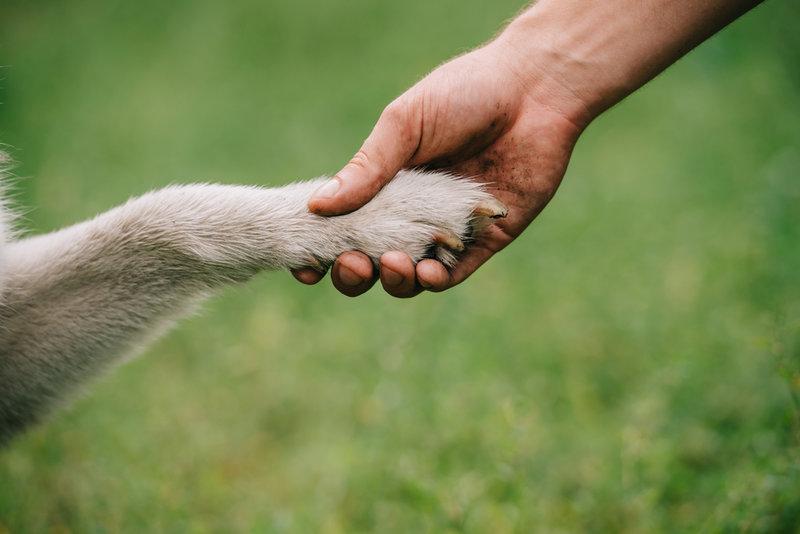
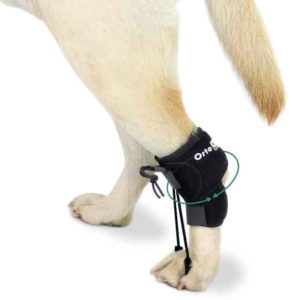
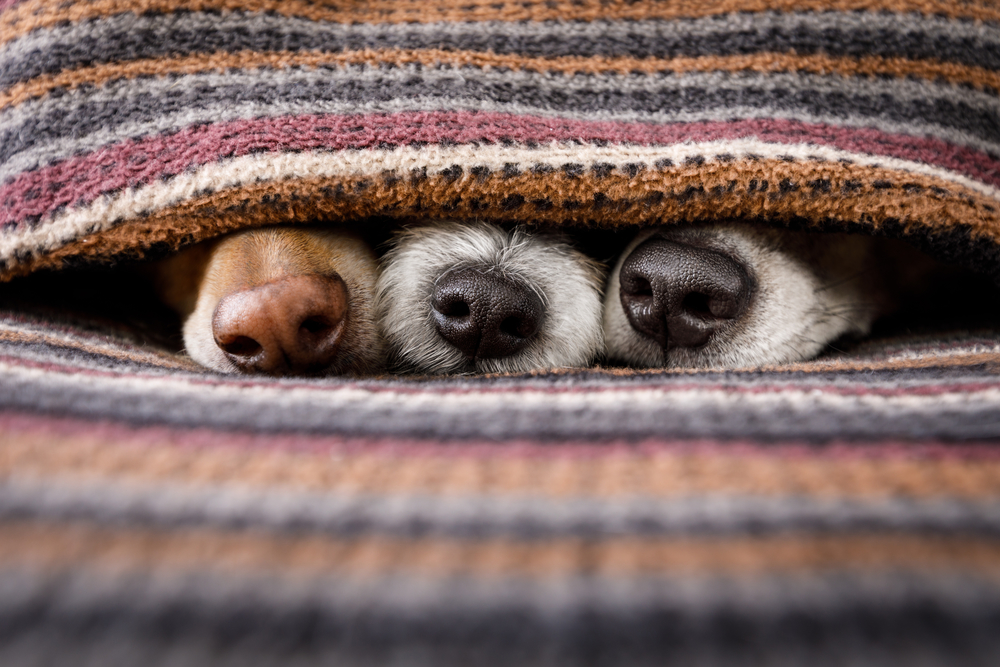
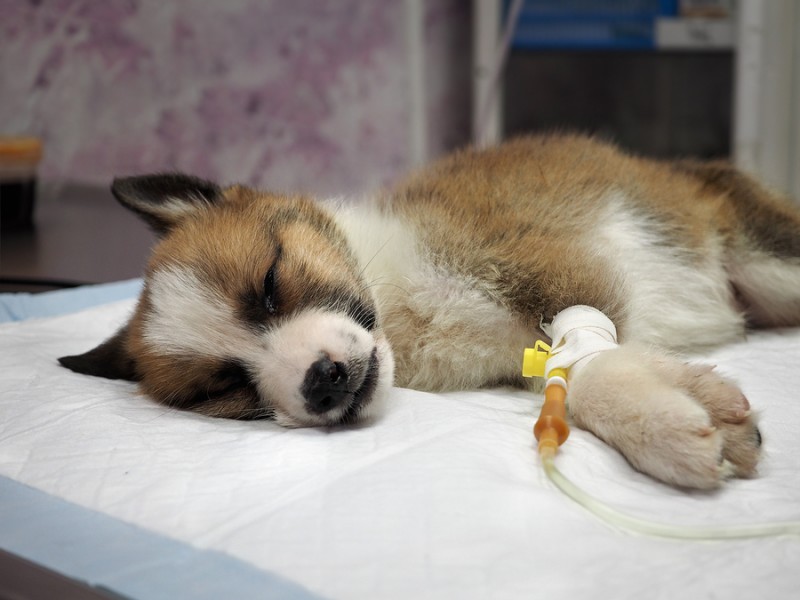
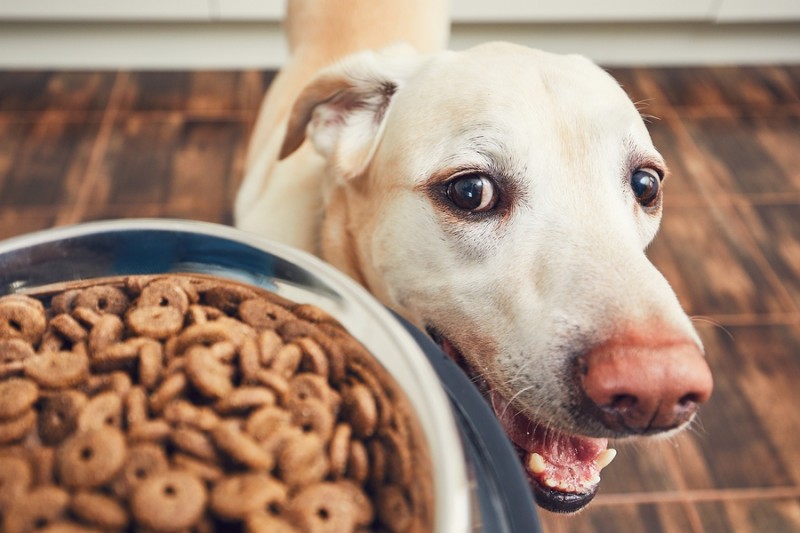
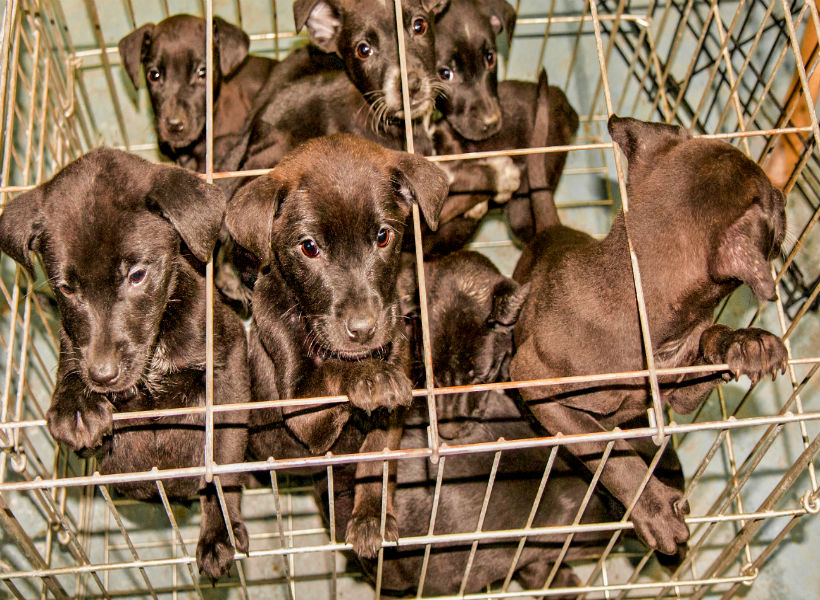
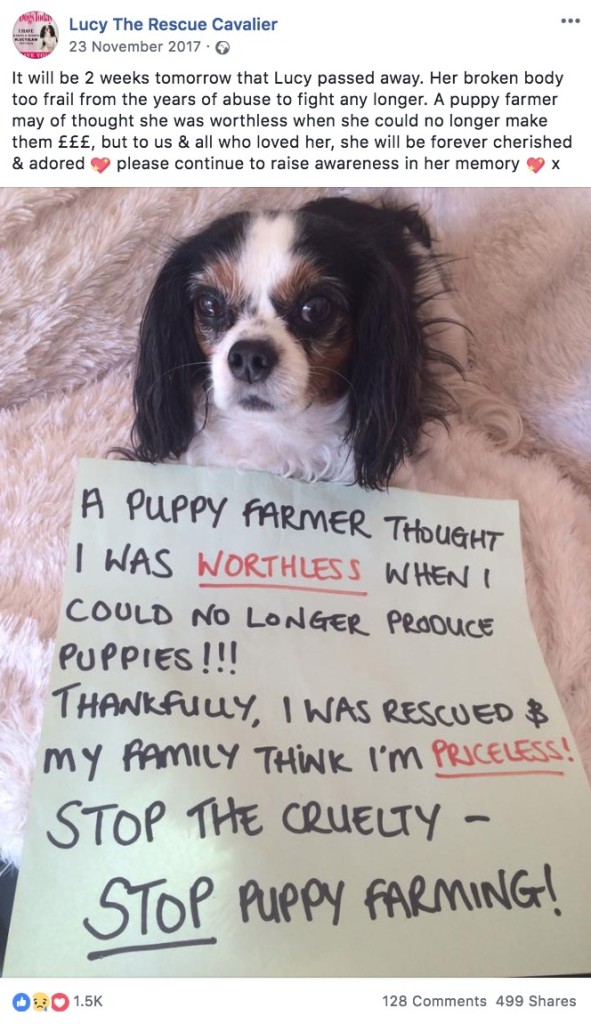 In the United Kingdom, the ”
In the United Kingdom, the ”